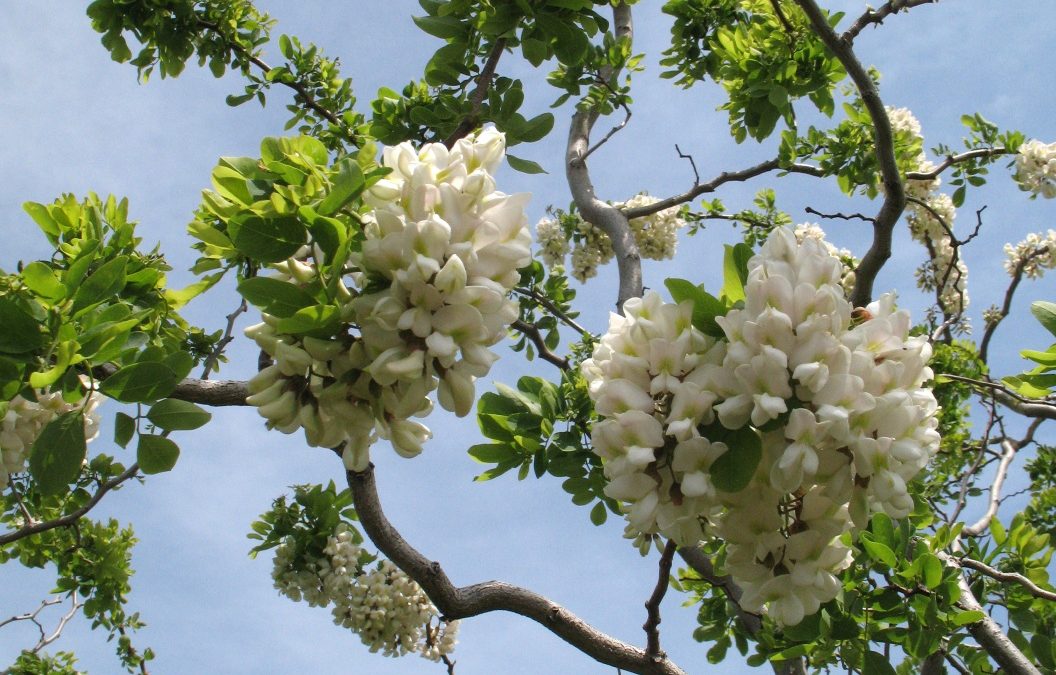Written by Admin and published on https://www.thetreecareguide.com/
Waiting for warmer spring weather can be like watching trees grow – a slow, and tortuous process. While you wait for winter to finally melt away, think about the springtime tree planting. One of the first things to consider when selecting any plant for a landscape should be the functional role the plant will play in the overall landscape.
Tree Planting Season Is Near, Learn 4 Essential Planting Tips

Most often trees are planted to either provide beauty or to offer refuge and shade to an area. Considering the fact that trees are not cheap, you want to protect your investment and ensure the trees you invest your time into grow and become healthy mature trees.
Your tree selection, planting location, and the care provided during and after newly planted trees are in the soil are determining factors of whether your trees grow and flourish.
For Most Regions Fall is the Season to Plant New Trees
Ideally, trees are planted during the dormant season when weather conditions are cool. This schedule allows plants and trees to establish roots in their new location before spring rains and summer heat stimulates new growth.
A good time to accomplish said goal is in the fall after the leaves drop. In situations were this season passes, early spring would be your next best opportunity for your planting.
Many regions in the United States experience all four seasons, but take note that in tropical climates trees grow year round. Thus, given there isn’t a drought and water is readily available, any time works to plant a new tree.
Proper Tree Selection and Planting Location Is Critical
Available space is probably the consideration most overlooked or misunderstood when deciding what tree to plant and where to plant it. Before you plant, it is important to have a general understanding of its size and what the tree will look like as it nears maturity.
Small trees need to be placed anywhere from 6 feet to around 15 feet away from other trees or property structures. Larger trees naturally need more space, and should be allotted from 15 to 50 feet apart.

As mentioned, proper spacing depends on knowing a trees probable mature height, crown spread and root growth. The right placement will avoid collisions with power lines, buildings, and in the event of a storm mitigate your need for an emergency removal service or damage to your structure.
Plan for Exposure to the Sun and Shade the Tree Will Provide
Sun exposure and soil requirements of the species are additional factors you must consider when choosing the type of tree you will plant. Areas that have intense sun exposure will dry the soil leaving it lacking the moisture that some species require.
With proper research and an effective landscape design, you can produce a yard that will cool your home during the summer months, deflect the winter wind, and produce the aesthetics that will increase your property demand and resell value.
Caring for Newly Planted Trees
When the root system of a tree is dug up from it’s native environment, a common reaction is a state of reduced growth known as transplant shock. This is expected, but an arborist or tree planting expert takes steps during its planting to reduce this effect and ensure a speedy recovery. However, what’s done after the tree is in the ground will largely affect how it recovers from this planting stress.
Consider these points before aimlessly planting new trees, and the likelihood they grow into healthy mature trees will increase. Never hesitate to call a tree professional.
Original post here https://www.thetreecareguide.com/tree-planting-season-learn-4-essential-planting-tips/.


